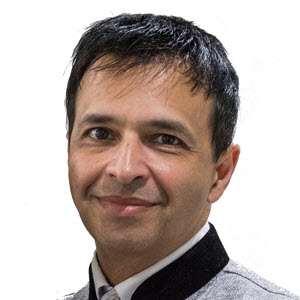This weekend a bunch of us from #TeletracNavman (a #Fortive company) joined Habitat For Humanity (East Bay Silicon Valley chapter, #HabitatEBSV) for a Build-A-Thon in Fremont, CA.
With a huge turn out of volunteers, we split up into teams building the core housing units, fence line, and a large brick wall. We got assigned to wall duty, and the team was determined to build the best gosh-darn wall ever!
Learned that the houses aren’t giveaways. The owners pay a mortgage and are responsible for it like any other homeowner, but the amount is adjusted to something affordable based on the family’s income. One of the future homeowners who was there helping on the build gave a moving speech on how much this means to him, as well as a few prior recipients who have continued to volunteer on builds.
Habitat did a great job at organizing, keeping everyone energized, well-fed, and well-hydrated. Thanks to all who participated, it was a lot of fun (and now I know how to make mortar/grout/concrete)!
#BuildMore #FortiveCares
Shout out to our team: Paresh Nagda, Claude-Nicolas Fiechter, Rishabh Nanda, Esther Howard, Nathan Todd, James Buxton, Larry Freeman, and Tariq Ahmed (me).













 Howdy! My name is Tariq ("Ta-Rick") Ahmed, and a Director of Software Engineering at New Relic where my time is focused on creating developer experiences through our developer websites, APIs, CLIs, SDKs, and ability to build your own custom apps on the New Relic One platform.
I'm most passionate about finding amazing people, growing talent, and building amazing teams in order to accomplish meaningful breakthroughs in technology that ultimately create great user experiences.
Howdy! My name is Tariq ("Ta-Rick") Ahmed, and a Director of Software Engineering at New Relic where my time is focused on creating developer experiences through our developer websites, APIs, CLIs, SDKs, and ability to build your own custom apps on the New Relic One platform.
I'm most passionate about finding amazing people, growing talent, and building amazing teams in order to accomplish meaningful breakthroughs in technology that ultimately create great user experiences.